Think of all the content you create — the good, the bad, and the ones that take a scary amount of time.
Now think of how you organize it. How do you keep track of how content is performing? Do you use those metrics to improve for future campaigns?
If you're missing this kind of organization for your company, consider investing in a content audit. They are an excellent planning resource and roadmap for future content creation, while organizing analytics so you can refer back to high-performing posts if needed. In this post, learn how you can perform one for your own business, and discover high-quality tools to help you streamline the process.
Content Audit Goals
Running a content audit for your website can prove to be beneficial for your traffic and improve the experience of your readers.
First, content audits help you take note of the areas on your website that aren't properly optimized for search engine rank. For example, you might add meta descriptions to your blog posts as part of your current strategy, but if that always wasn't the case, a content audit helps you locate which posts need to be updated.
Content audits also help you identify new SEO opportunities to implement on your website. For example, did you know that adding keywords to the headings on your site gives search engines more clues about what your web page is about?
If search engines have as much knowledge as possible about the content on your website, they'll be able to suggest your web pages to browsers more accurately.
Running an audit is a chance for you to update the content on your website to improve the comprehension of your site by readers. For example, you might not know the links on one of your product pages are broken, but a content audit provides you with a reminder to update those links. Let’s discuss some additional benefits below.
Benefits of Content Audits
Your content audit should help you bring your content up-to-date, improve the rank of your web pages, and make the website you present to readers easy to navigate and free of error. In addition, content audits:
- Give data-driven insight into the performance of your content, helping you make informed decisions based on factual information rather than just assumptions.
- Identify areas for content repurposing or updating where numbers are lower than desired.
- Identify pieces of content that perform best that you can leverage in marketing materials.
- Understand more about what your audience likes and dislikes.
- Content maintenance becomes easier when you have an understanding of what you’re offering.
To make sure your website content audit is valuable, carve out enough time to complete it. However, you don't have to be in it alone — there are plenty of templates to guide you through a content audit if you're unsure of where to start.
Content Audit Template
This template guides you through checking the On-Page SEO of your website. It works for many page types, like a home page, landing page, blog post, or even a form page. There's a space in the template for you to note the page type to keep the template organized.
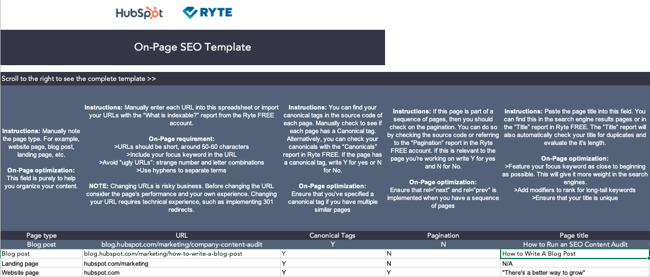
Under each section, the template will tell you why it matters for on-page optimization. So, for example, when you note if you have multiple similar pages, canonical tags will make sure they're grouped together.
Below, we'll talk about the sections of the template.
In the first column, you'll specify your page type for each page you're auditing. Then, you'll fill in the URL and note any canonical tags your site may have. Remember, you can find canonical tags in your page's source code.
After that, you'll note if your page is a part of a sequence of pages to ensure that your code is properly formatted for sequencing.
Next up, you'll fill in some details about the page's copy. For instance, the page title. If I included a blog post similar to this one in the audit, for example, I would put "How to Run an SEO Content Audit" in this section, shown below:
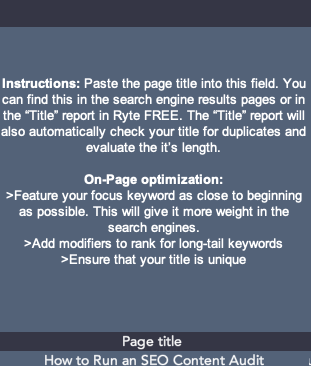 This section makes sure you'll have keywords in your page title, boosting SERP rank. Similarly, in the next section, you'll define the goal of each page and the focus keywords of that page.
This section makes sure you'll have keywords in your page title, boosting SERP rank. Similarly, in the next section, you'll define the goal of each page and the focus keywords of that page.
So, for this blog post, I would define the purpose as, "Educating readers about creating a content audit," and my keywords would be something akin to "On-Page SEO," and "Content Audits."
After that, you'll note the headlines on your page. A good rule of thumb is to make sure at least one keyword appears in an H2 to help your rank. Same thing with meta descriptions, the next section — a short, concise description of your content should also contain a keyword to improve rank.
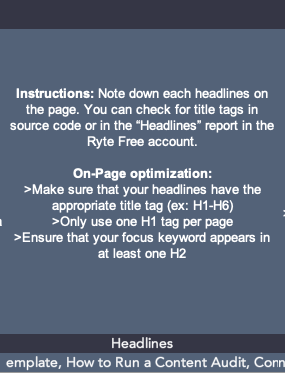
Once you outline your headings and include your meta description, then you'll focus on images. First, include the file name of your image and note the alt text. Recall that alt text tells Google what your image is about, so if your images don't have any, this is a good reminder to add them.
Next, you're going to focus on links: internal and outbound. Remove broken internal links, and make sure your page has at least 2-3. (Remember, internal links help you to boost the traffic of other pages).
Following your link optimization, note the page speed. If your page takes longer than 2 seconds to load, it might not keep the reader's attention.
Finally, the last section makes sure your page is available for sharing on socials and is mobile-friendly. These functions of the page improve the accessibility of your webpage.
Content Audit Spreadsheet
This template also offers a spreadsheet checklist. The SEO Audit Checklist is another spreadsheet that makes sure the content of your website is fully optimized and up-to-date. So, the first template helps you update the On-Page SEO of your website, while the checklist gives you an in-depth reference for running the audit:
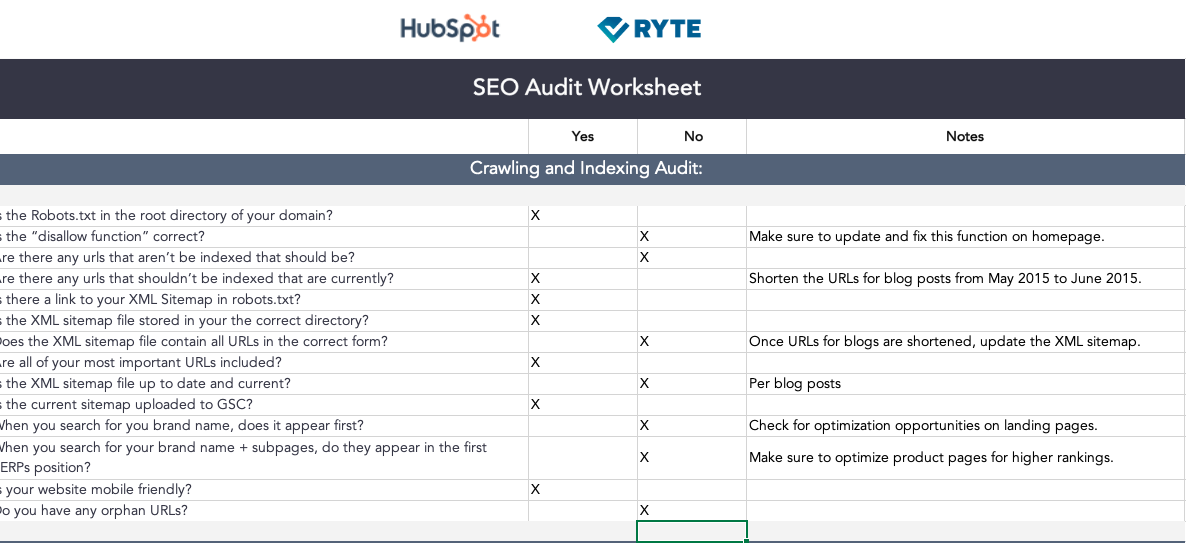 For example, when you go through the worksheet, you can expect to include information about the On-Page elements of your website. Still, you’ll also be checking for crawling and indexing, ranking factors, the content and link structure, status codes, coding, and internalization.
For example, when you go through the worksheet, you can expect to include information about the On-Page elements of your website. Still, you’ll also be checking for crawling and indexing, ranking factors, the content and link structure, status codes, coding, and internalization.
To use the checklist, you'll simply mark "Yes" or "No" for each task, and add any notes to refer to.
How to Run a Content Audit
1. Think of your goals.
First, think about what you want to accomplish. When you have your goals in mind, you will have a better idea of how to categorize your audit later.
Ultimately, a content audit identifies engaging content for your audience and can include information on SEO and conversion rates. One goal to consider could be to determine which of your pages need to be SEO-optimized. Alternatively, you might think about finding the most interesting and best-performing content for your website visitors and place that on your homepage or in an email newsletter.
Identifying company goals will ensure your content audit is useful for bookkeeping and updating your strategy with improved tactics. After this is complete, then it's time to collect your content.
2. Gather your content.
Which content are you going to audit? The types of audits are typically those for product descriptions, blog posts, multimedia, and publications. Decide this, and gather the backlog of all of that content.
To accomplish this, collect the URLs of the web pages you've chosen to audit. If you have a small website, you can do this manually and put them in a spreadsheet. However, there are also online tools to do it for you, like SEMrush, Screaming Frog, and HubSpot.
SEMrush and Screaming Frog will provide this information based on your sitemap. A sitemap is a file that has all of your website's information and can be created for free online. For more information on sitemaps, check out our guide here.
3. Categorize your content.
After receiving your audit, categorize it on the spreadsheet. Some online tools categorize the information for you, but it’s also doable to do it yourself. The categories will keep you organized so you can ensure your content audit meets your needs.
Some categories you can include are content type, author(s), publication date, and content format. Think of categories that are useful to know from different pieces of content. For instance, if you are auditing blog posts, important information to pull would be the date of publication or update, the author, the type of content, and metadata (Such as the title and description).
Another critical category is metrics. Some online tools will include them in the audit, but Google Analytics can also pull data for you. Metrics can provide more information for your analysis later.
At this point, your spreadsheet should have URLs of your content, categories, metadata (if included), and metric data.
4. Analyze your data.
Now, it's time to look at your data critically. This is the step that will give you a good measure of the state of your content. When analyzing your data, here are some things to take note of:
- Content that's missing — What is your audience interested in that you haven't covered?
- Content that's underperforming — Which pieces of content aren't getting the numbers you want?
- Outdated content — If you have old content, can it be updated or reworked to maintain optimization?
- Home run content — Content that has performed extremely well.
Based on the results of this analysis, organize them in the spreadsheet. A way to do this is to assign different colors based on what you're analyzing and highlight the rows with those colors so you have an idea of which category is which, and which ones take up the largest portion of your overall content library.
5. Create action items.
In this step, you will finalize and clean up your audit. You now know what to focus on based on the analysis and can go from there. Think about the posts to delete, update, re-write, or re-structure.
To organize these action items, add one last column to the spreadsheet — one that's close to the front so you can keep tabs on it. This column will let you know the action to take on a specific URL. For example, are you going to keep, update, delete, or re-write that blog post?
If you plan on ranking by priority or including a timeline for this audit, now would be the time to include that, as well. Some organizations use full-blown content calendars, while others don't need it. To make a priority timeline that fits in best with your content audit, think back to your goals and which items make sense to execute first.
6. Optional: Choose a content audit tool.
While not a requirement, choosing a content auditing tool can help you with your process. The most significant benefit of using a content audit tool is that they are fast, helping you save a considerable amount of time. Rather than gathering URLs manually, the tool can automatically aggregate the content you’re looking for and display metrics for you to see.
Website Content Audit Checklist
The graphic below is a checklist you can use to ensure you’re on the right track when performing your content audit.
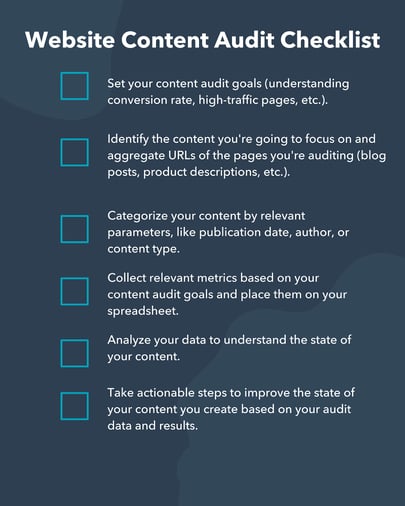
Now, let's go over some content audit tools you can use to further automate your content audit process.
Content Audit Tools
1. Screaming Frog
Price: First 500 links free, unlimited for $150/year
Screaming Frog is a website crawler. It collects URLs from your sitemap and create an SEO audit for you. If you have a smaller site, Screaming Frog can audit up to 500 links for free.
The desktop Screaming Frog website is great because it provides you a ton of analysis about your website, and categorizes it for you. Because the audit is SEO-based, it also gives you information on how to improve your SEO, which is likely useful, depending on your goals.
2. Casted
Price: Contact sales for individual quote
Casted helps you understand how contacts are engaging with your podcast content so you can make actionable business decisions to drive engagement. If you’re a HubSpot user, Casted integrates with Marketing Hub, and you can leverage CRM tools to create lead capture forms to draw in your listeners for further nurturing.
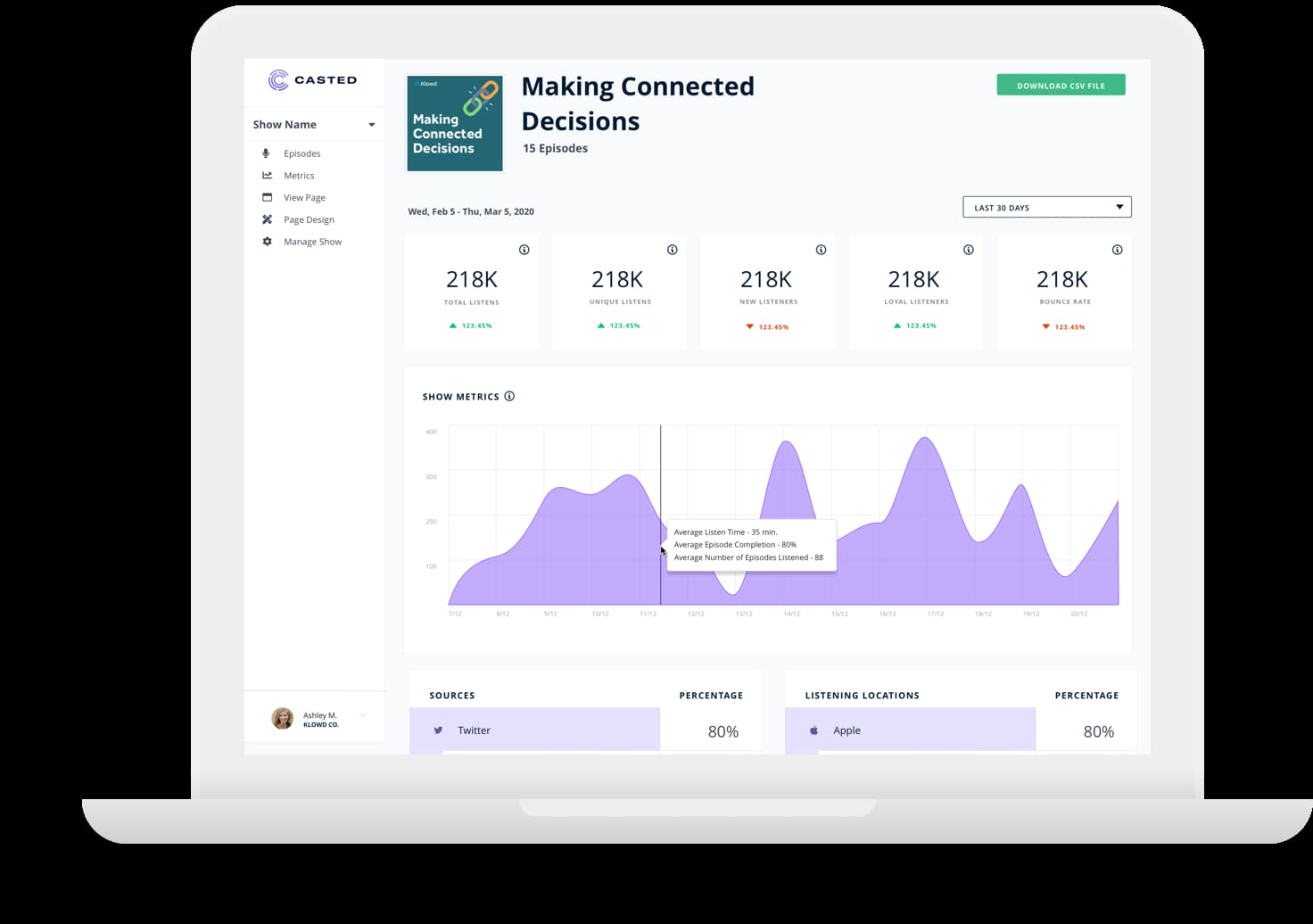
3. SEMrush
Price: Free trial, then $199-$449/month
In three steps, users of SEMrush can receive a robust audit. By putting in the desired domain, you'll get a customized report that shows you where you can improve your site:
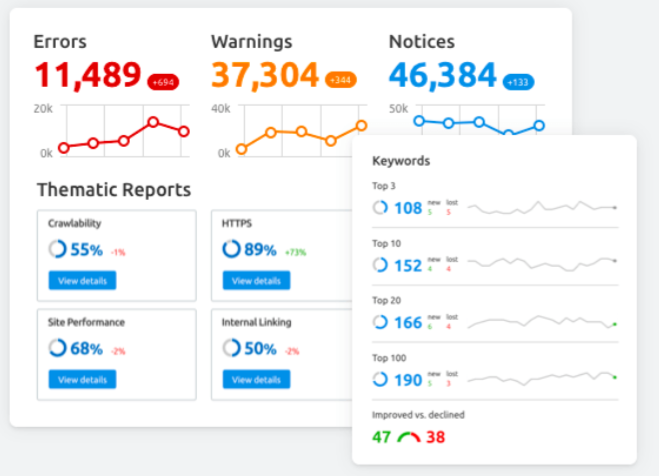
From there, you can connect an analytics tool account, like Google Analytics, if you want to see more information about your sitemap, like posts that are the most engaging for your audience. You can use this information when developing strategy — identifying content that performs well for your audience gives you an idea of what to cover.
4. Google Analytics
Price: Free
While Google Analytics doesn't give you a traditional audit, it provides good information that will help you formulate your audit. It lets you know who is visiting your website, and from where. Additionally, it gives a rundown on the behaviors of your visitors:
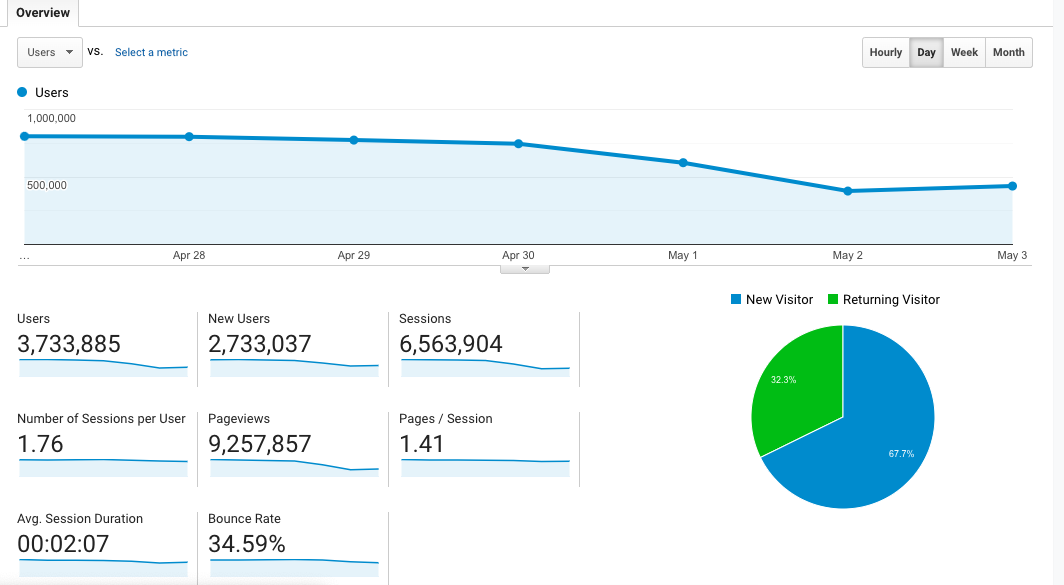 It gives you data about the amount of time visitors are seeing on webpages, the most popular webpages, and different patterns seen in your visitors. One of these patterns could be the most popular blog post in the US from visitors aged 18-24.
It gives you data about the amount of time visitors are seeing on webpages, the most popular webpages, and different patterns seen in your visitors. One of these patterns could be the most popular blog post in the US from visitors aged 18-24.
5. DYNO Mapper
Price: $99-$450/month
If you're looking for a sitemap generator, DYNO Mapper has that function available. Also available on DYNO Mapper — a content audit tool. This website is really good at finding potential problems in the SEO of your content.
DYNO Mapper also keeps a progress report of your audits, so you can monitor how they're improving and performing. The audits themselves present how your content can be given in the best way to search engines, an excellent metric for content audits.
6. WooRank
WooRank has two amazing features for content auditing: SEO monitoring and Site Crawler. SEO Monitoring from WooRank lets you know the state of performance on your landing pages, which is information you can put into an audit. It also lets you know if your website ever goes down and how that affected SEO, another metric to import if you're tracking web page metrics in your audit.
The Site Crawl feature lets you know how Google sees your site and interprets the information for search engines. This information is great knowledge to make audits more effective when you're coming up with action items for the future.
Now that you know ample knowledge about content audits, how to create them, where to source them, and important essentials to include, you are fully prepared to incorporate them into your organization. Give it a try, and use it to elevate your next campaign. Happy auditing!
How to Run A Content Audit in 2021 was originally posted by Local Sign Company Irvine, Ca. https://goo.gl/4NmUQV https://goo.gl/bQ1zHR http://www.pearltrees.com/anaheimsigns

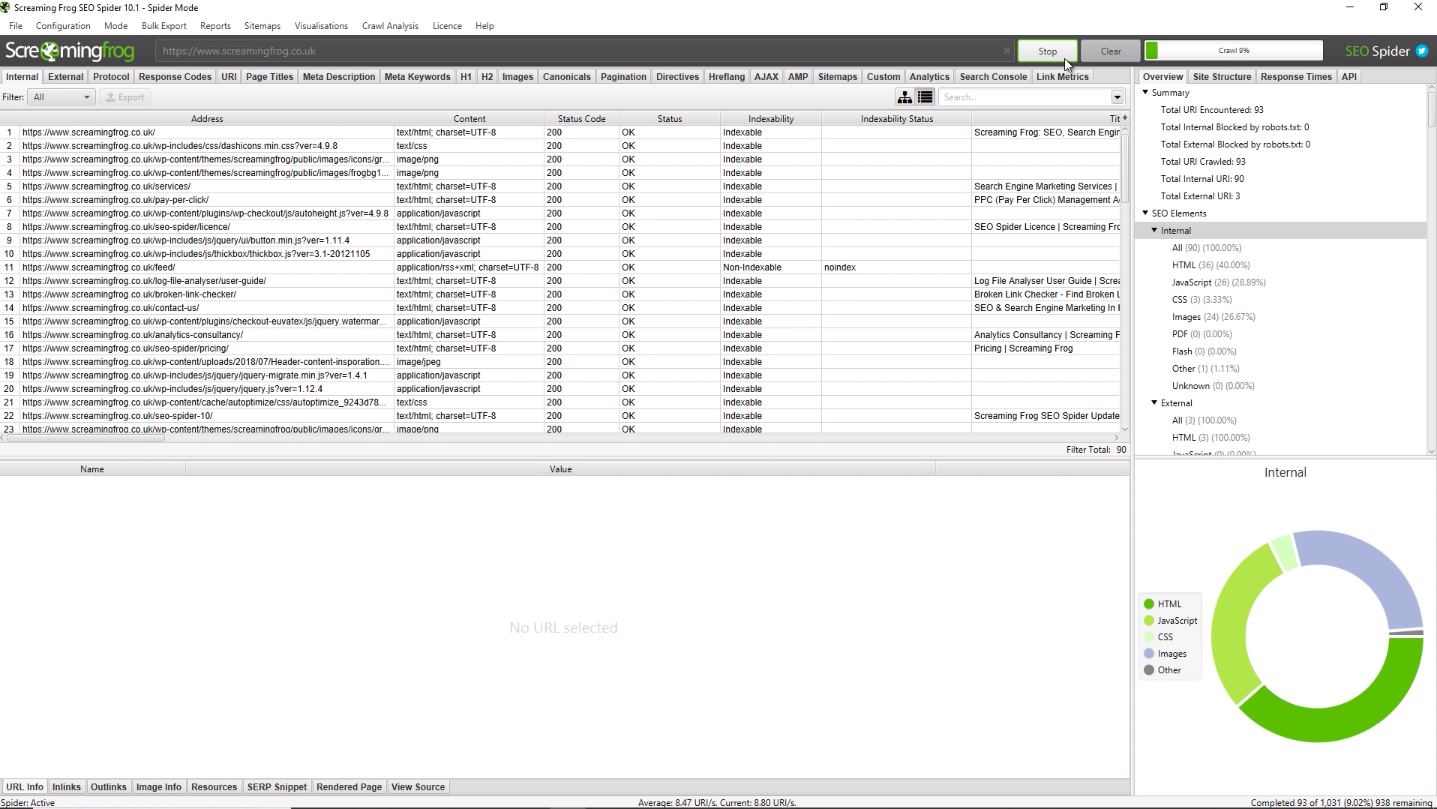
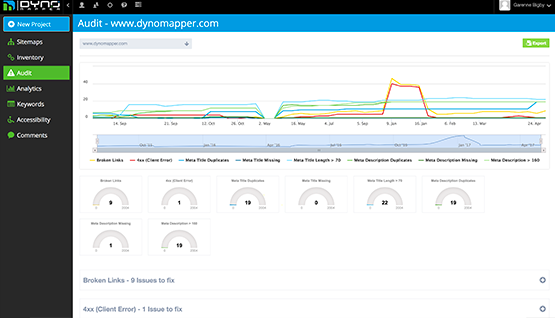
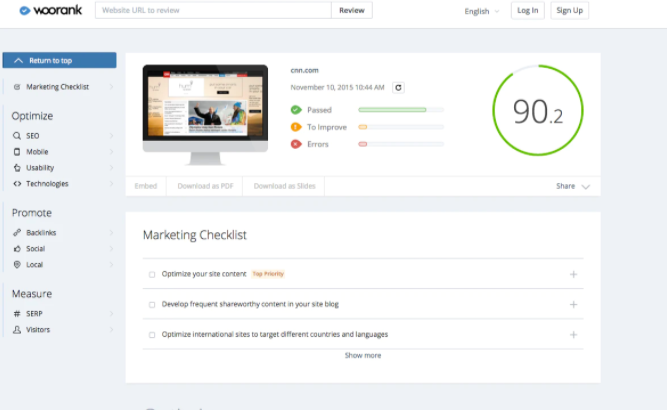
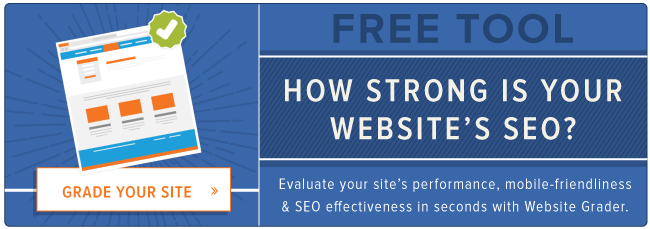

No comments:
Post a Comment